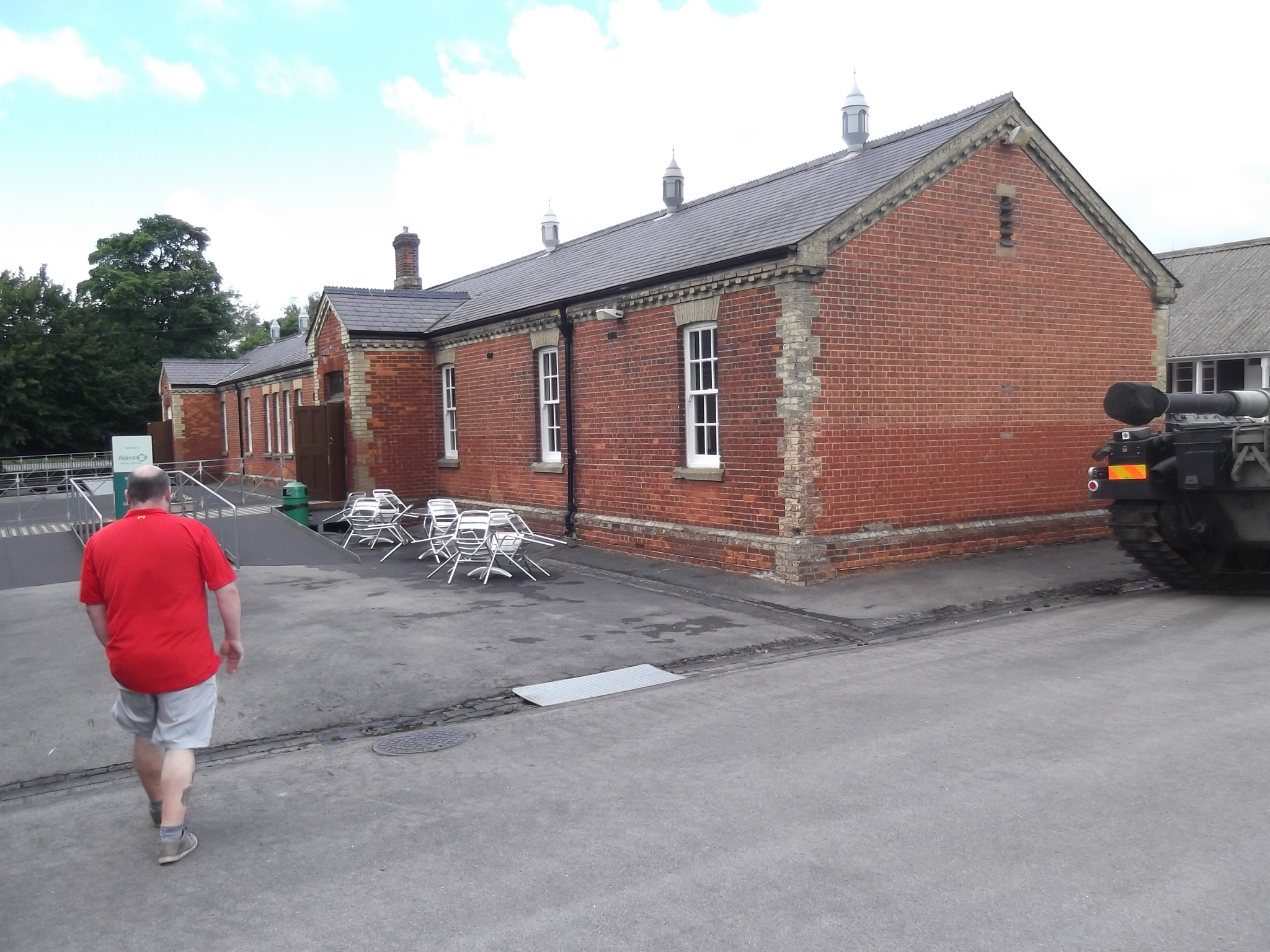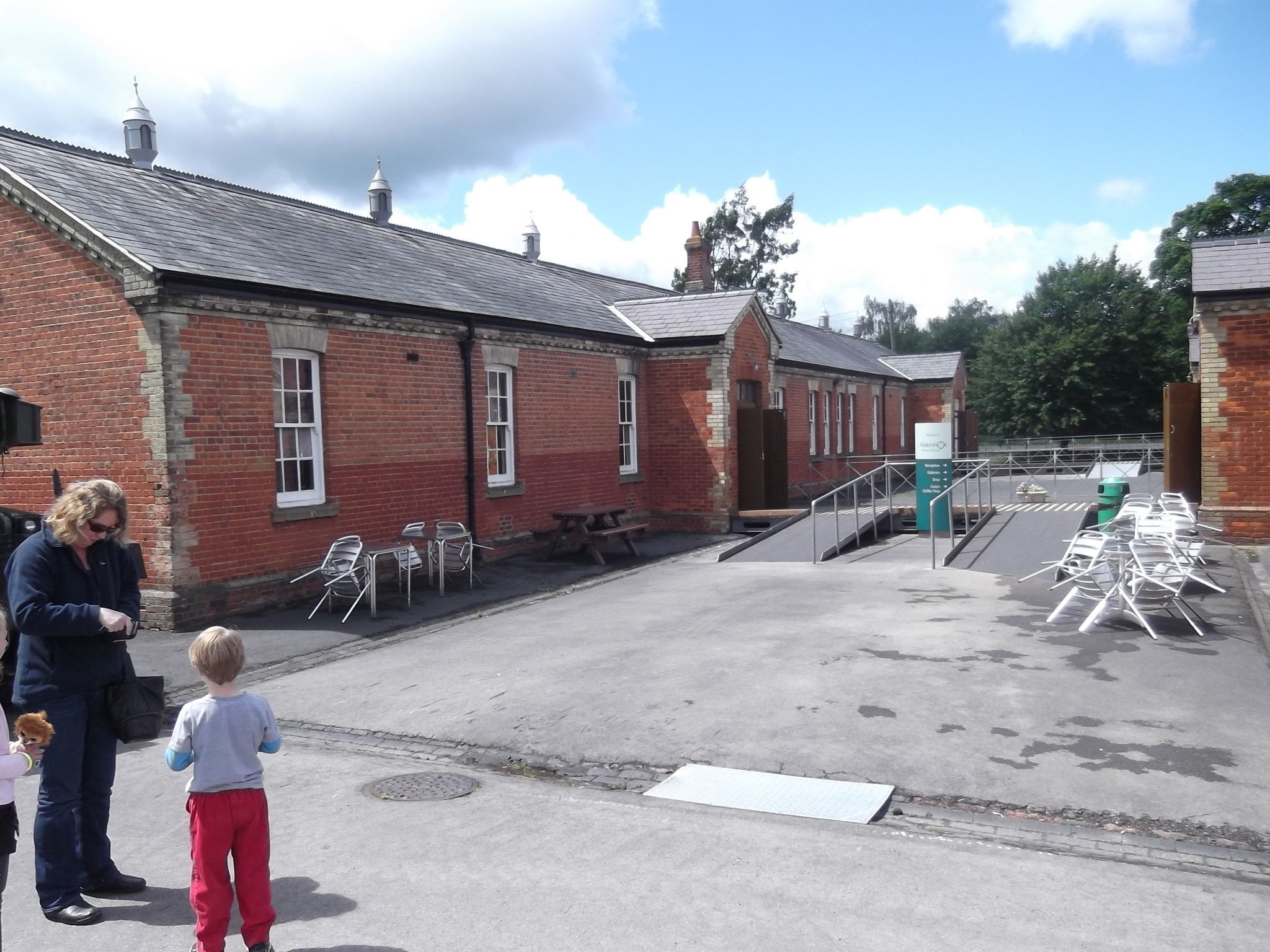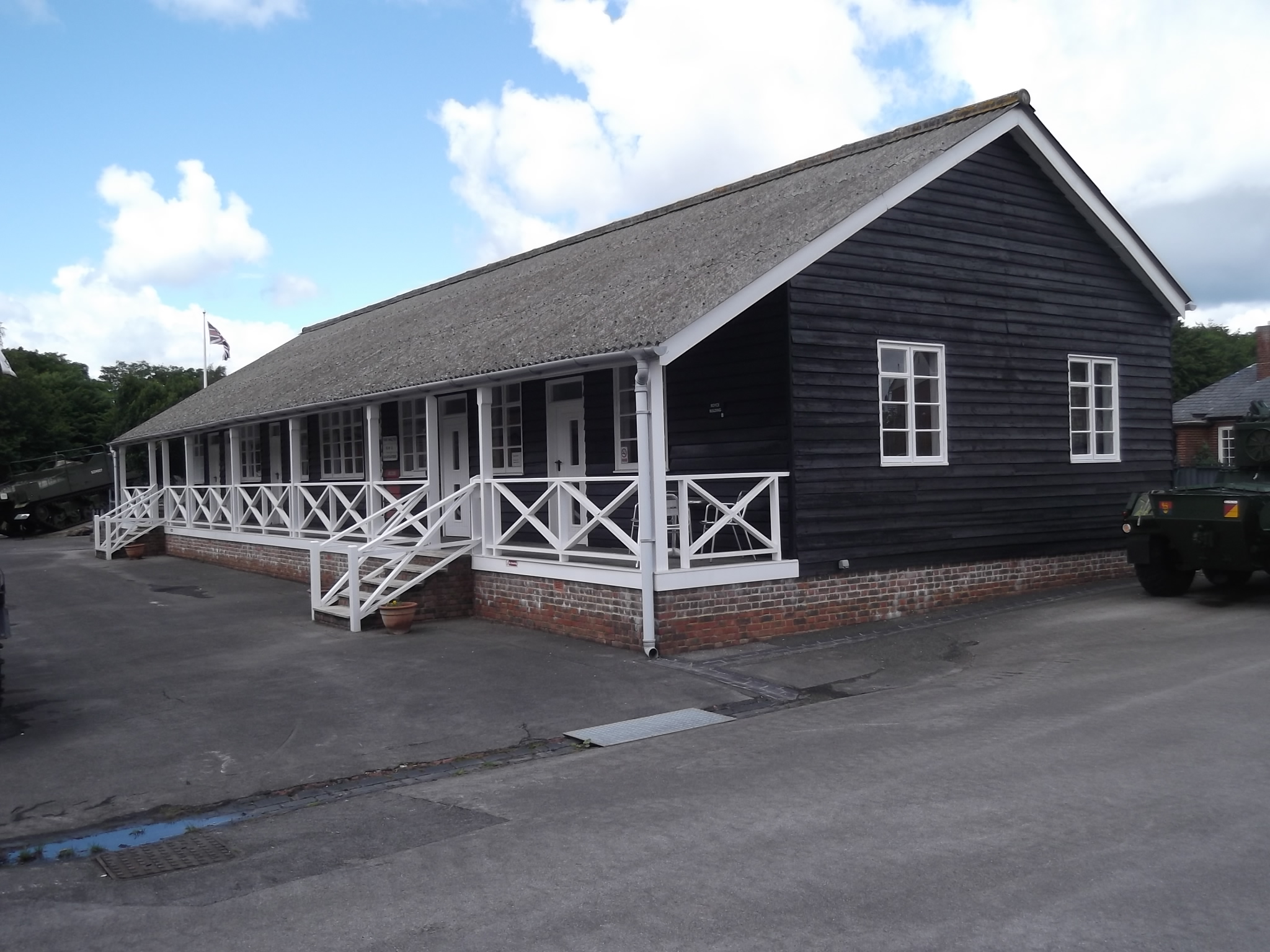United Kingdom 1930 - 1938:
Aldershot Command
Introduction
Aldershot became the main centre of the British Army within the United Kingdom in 1854. The Army needed a large concentration of troops in the south of England, as the main threat to the United Kingdom came from across the English Channel.
The heathland surrounding Aldershot was ideal for use by the military, as it is low grade agricultural land, so a series of barracks were constructed in the area.
Three permanent cavalry barracks, three infantry barracks and two artillery barracks were constructed in the period from 1856 to 1859.
DOWNLOADABLE DOCUMENTS (pdfs)
Higher Formations History and Personnel
» Aldershot Command History & Personnel
Command Troops
» Aldershot Command (1930)
» Aldershot Command (1937)
Divisional Formations
» 1 Division (1930)
» 1 Division (1937)
» 2 Division (1930)
» 2 Division (1937)
In 1891, these barracks became known as the Wellington Lines, named after the Duke of Wellington. These barracks were:
Beaumont Barracks – Cavalry;
Warbury Barracks – Cavalry;
Willems Barracks – Cavalry;
Badajos Barracks – Infantry;
Salamanca Barracks – Infantry;
Talavera Barracks – Infantry;
Waterloo East – Artillery;
Waterloo West – Artillery.
Each of these barracks accommodated one regiment or battalion.
The Barracks Act of 1890 led to a significant construction programme to provide suitable accommodation for troops in the Aldershot area. An area of land to the north of Aldershot was chosen for the expansion of the barracks. Those located to the north of the Basingstoke Canal became known as North Camp, while those to the south, South Camp. All were built in the period from 1895 to 1900. A long, straight road (now known as Queen’s Aveune) leading from Aldershot bisected the South Camp and North Camp. Aldershot became the location for the largest, single, peacetime concentration of troops in the British Army. The former village grew into a large town, to support the 40,000 troops now based in the locality.



The South Camp became known as the Stanhope Lines, and the North Camp as the Marlborough Lines.
Stanhope Lines contained the following barracks:
Albuhera Barracks;
Barossa Barracks;
Buller Barracks (R.A.S.C.);
Clayton Barracks (R.A.S.C.);
Corunna Barracks;
Gibraltar Barracks (R.E.);
Maida Barracks;
Mandora Barracks;
McGrigor Barracks (R.A.M.C.).
Marlborough Lines comprised the following barracks:
Blenheim Barracks;
Lille Barracks (R.A.);
Malplaquet Barracks;
Oudenarde Barracks;
Ramillies Barracks;
Tournay Barracks.
As the number of units assigned to Aldershot Command grew, additional barracks had to be built in the surrounding area of north-east Hampshire and south-west Surrey. These included:
Guadaloupe Barracks – Bordon;
Louisberg Barracks – Bordon;
Martinique Barracks – Bordon;
Quebec Barracks – Bordon;
St. Lucia Barracks – Bordon;
Leipzig Barracks – Ewshott (R.A.);
Inkerman Barracks – Woking;
Alma Barracks – Deepcut;
Dettingen Barracks – Deepcut.
In addition, the Royal Engineers had a large barracks at Longmoor, which was their training centre and depot for transportation specialists, including railway operations.
For further information contact the Aldershot Military Museum.
After the Great War, Aldershot Command was reconstituted in 1920 as the base for the ‘Spearhead Corps’ intended to be the first British formations sent overseas at times of crisis. The command comprised 1 Infantry Division and 2 Infantry Division, together with other ancillary units.
Formations
There were the two Regular Army divisional formations based in and around Aldershot. The 1 Infantry Division and 2 Infantry Division were the two key formations in the British Army between the wars. They were stationed in and around Aldershot and usually kept up to establishment. Units from the 1 Infantry Division were sent to Palestine in 1937 to deal with the Arab uprising. Aldershot Command was also the home of 1 Cavalry Brigade and 1 Anti-Aircraft Brigade (later renamed the 1 Anti-Aircraft Group).
With the outbreak of war, Aldershot Command formed Headquarters I Corps, which together with the 1 Infantry Division and 2 Infantry Division mobilised and deployed to France as part of the British Expeditionary Force. After evacuation from Dunkirk, I Corps concentrated in eastern England. The Headquarters I Corps saw service in North West Europe in 1944 and 1945, but the 1 Infantry Division had left already, being deployed in Tunisia, Panterreria and Italy. The 2 Infantry Division saw active service in India and Burma.

